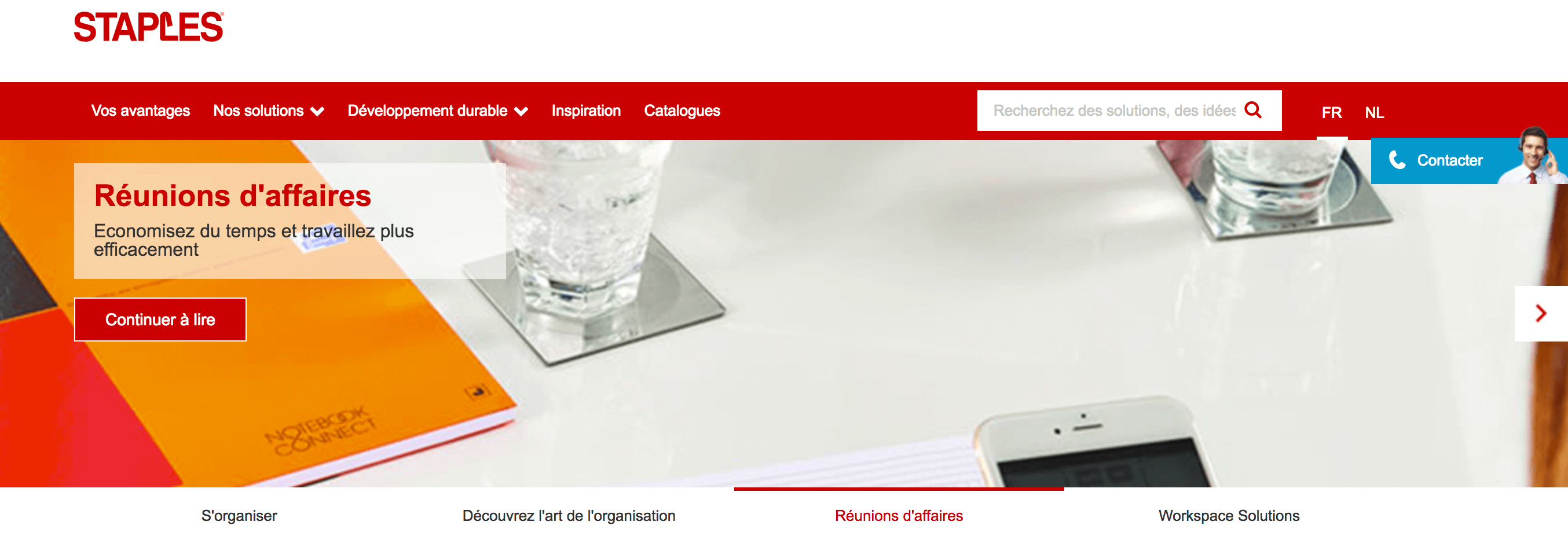For online businesses, search engine optimization (SEO) is one of the most effective strategies for attracting customers to their sites. One study found that almost 39% of global e-commerce traffic comes from organic search. And with 57% of global consumers looking beyond their borders to shop, having an SEO strategy that caters to multiple languages gives businesses an immense opportunity to capture new markets.
Evolving your SEO strategy with AI
Of course, this is easier said than done. One of the best ways to improve your SEO is to improve your product tagging and the keywords in your metadata, a time-consuming effort. If you want your products to appear even when customers search for similar products in their native languages, you’ll also have to think about the cost of getting this information translated.
Now, however, e-commerce companies have a tool that can help them solve these issues: computer vision. Specifically, a computer vision API that supports multiple languages. Below are 3 reasons investing in a multilingual computer vision API can improve your SEO and increase your e-commerce revenue:
1) More than translating keywords, APIs with multilingual support understand each supported language.
As said above, since e-commerce companies often rely on organic search, SEO is of the utmost importance. Using a CV API that supports multiple languages increases the likelihood that customers will find your products, no matter what search term or language they use with the 3rd party search engine. Take Clarifai’s General Model. Our model doesn’t just translate the 11,000+ concepts into 23 different languages. It’s been trained to actually understand these concepts in each of those languages. So, while it recognizes that in English, a “crane” can be either a bird or a machine, it also knows that in Spanish, a crane bird is a “gruidae,” while the machine is “grúa.”
While Google can translate websites, this only benefits you when a customer has already found your online store. Some companies, like Staples Europe, cater to different regional markets and so need to account for potential customers searching for the keywords that are in their metadata and tags in more than one language. Without a multilingual API, if a customer searches, for e.g., “un vestido largo y elegante” versus “a long, elegant dress,” they won’t find an online clothing retailer’s products using organic search unless those tags or metadata are available in both languages.
2) By catering to language preferences, you’re personalizing the customer experience.
As we’ve spoken about before, with computer vision, companies can now automate the tagging process. By ensuring tags are not only consistent but also comprehensive, online retailers can offer more personalized experiences, as customers will find products no matter how they prefer to describe them, e.g., one person’s “notebook” may be another’s “composition” book.
Using an image recognition API with multilingual support, you can personalize that experience even further. Staples Europe, for instance, operates across several European countries, each with their own site. However, while 12 different European languages are spoken across their customer base, some countries, like Belgium, have more than one official language. The company had to cater to this.

Since the majority of their Belgian customers speak either Dutch or French as a first language, using our image recognition API, Staples Europe was able to attach the relevant keyword metadata and product descriptions in both languages. As such, these customers can select which of the two languages they prefer, and use keywords in their favored language, making for a more individualized shopping experience with the office supplies company.
3) APIs offer a quick, easy, and inexpensive option for both SEO and multilingual support.
Cloud APIs are a quick, easy way to get started with visual recognition. Besides being more cost-effective than building in-house, using a cloud API means you’ll have continuous access to your AI provider’s most updated technology, curated data sets, and consolidated knowledge, making for a stronger model over time with no need for maintenance on your part.
Using a cloud API that supports more than one language means you’ll get all of these benefits in as many languages as the API offers. And that could become a critical differentiator for your business. Back in 2017, one study found that 75% of consumers worldwide preferred to shop online in their native language. Being able to do this built up the trust between them and the company with repurchasing being even more likely where companies also offered after-care in their native tongue.
As companies seek to cater to a global audience base, they will need to localize their sites for different audiences. Doing this will require them to translate their product information and metadata. With a multilingual API, this can be quickly and accurately in the different languages it supports, saving businesses a significant amount of time and money towards.
Online businesses looking to improve their SEO and take advantage of the large markets outside of their home countries now available to them should consider investing in a cloud API with multilingual support. Doing so will help them to ensure their product information and metadata is as comprehensive and diverse as the markets they want they want to serve.


